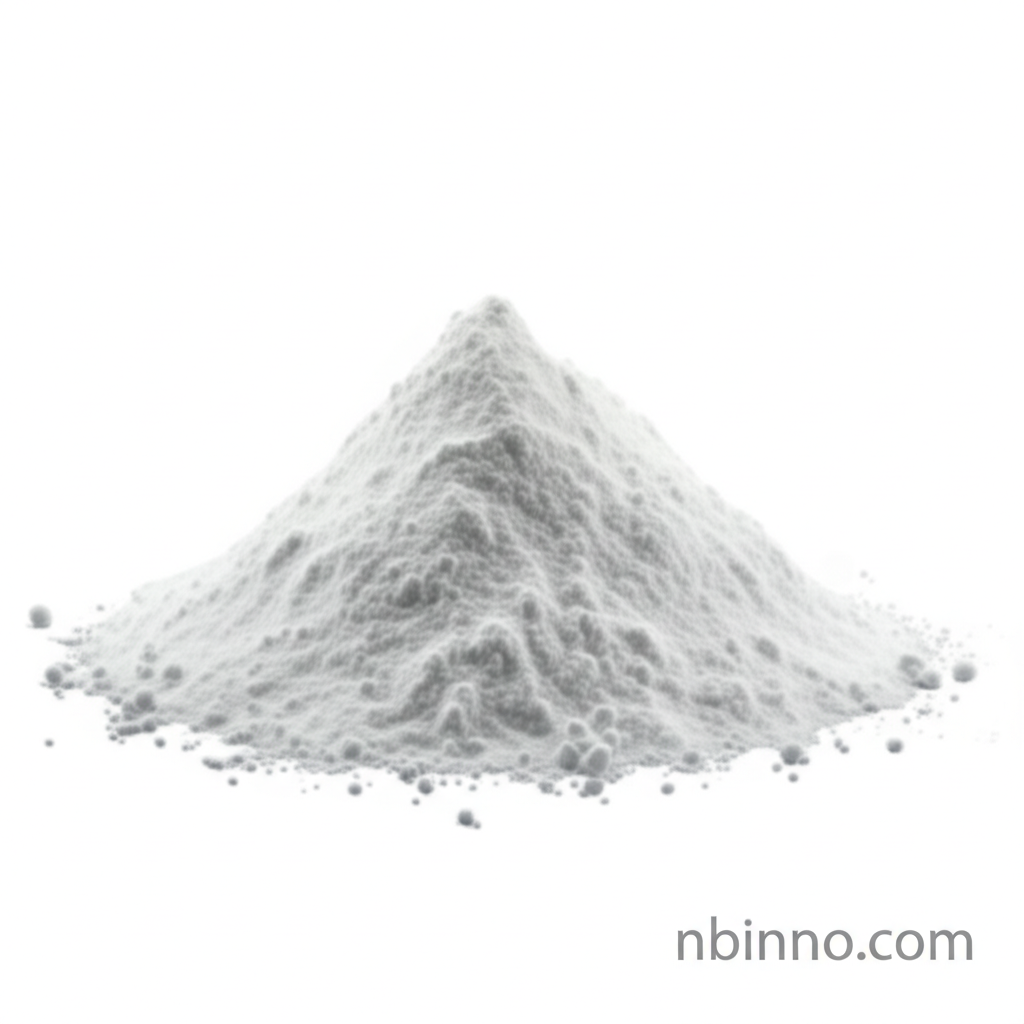Understanding Iohexol: Properties, Applications, and Its Role in Medical Imaging
A comprehensive look at Iohexol, a crucial non-ionic contrast agent for modern diagnostic imaging.
Get a Quote & SampleProduct Core Value

Iohexol
Iohexol is a vital non-ionic, water-soluble contrast agent essential for enhancing the clarity of medical imaging. Its unique chemical composition allows for improved visualization of internal body structures during procedures such as CT scans and angiography, making it a cornerstone in diagnostic medicine.
- The mechanism of action for Iohexol involves blocking X-ray beams to improve the visibility of blood vessels and internal organs, aiding in the diagnosis of various conditions.
- As an iodinated contrast agent, Iohexol offers a favorable safety profile with low osmolality, reducing the risk of adverse reactions compared to older ionic contrast media.
- Iohexol is utilized in a wide array of medical imaging applications, including myelography, arthrography, and urography, demonstrating its versatility.
- The non-ionic nature of Iohexol contributes to its low toxicity, particularly its reduced impact on the nervous system and vascular endothelium, making it a preferred choice for many procedures.
Key Advantages
Enhanced Diagnostic Accuracy
Leveraging Iohexol for medical imaging provides healthcare professionals with clearer, more detailed anatomical views, directly contributing to more accurate diagnoses.
Improved Patient Safety Profile
The use of this non-ionic contrast agent significantly lowers the incidence of common side effects, such as allergic reactions and discomfort, promoting a better patient experience.
Versatile Application in Radiology
From CT scans to angiography, Iohexol's suitability across various radiography techniques highlights its importance as a diagnostic drug in modern radiology.
Key Applications
CT Scans
Enhances visualization of organs and tissues for detailed abdominal, pelvic, and brain imaging, supporting accurate diagnosis of pathologies.
Angiography
Provides clear imaging of blood vessels, crucial for identifying blockages, aneurysms, and other vascular abnormalities in procedures like arteriography.
Myelography
Used to visualize the spinal canal and nerve roots, aiding in the diagnosis of conditions affecting the spinal cord and surrounding structures.
Urography
Facilitates the imaging of the urinary tract, including kidneys, ureters, and bladder, to detect obstructions or other abnormalities.
